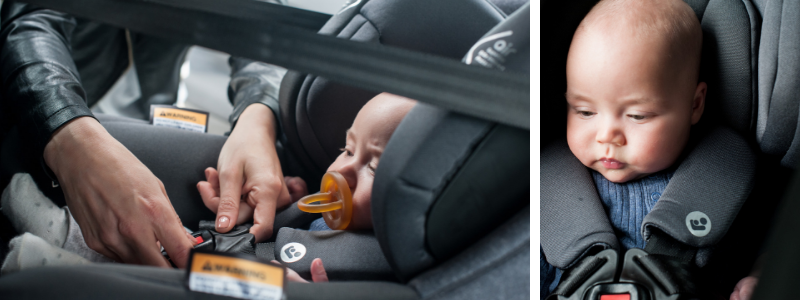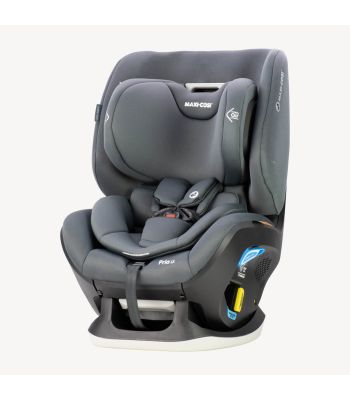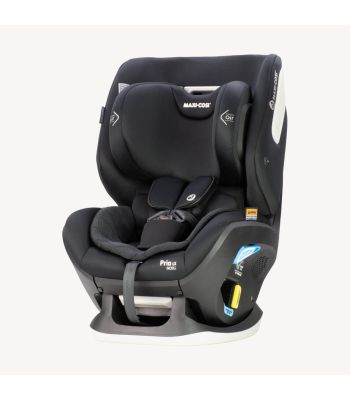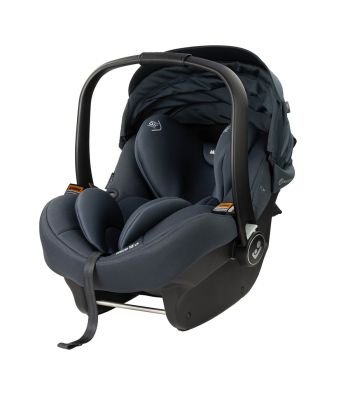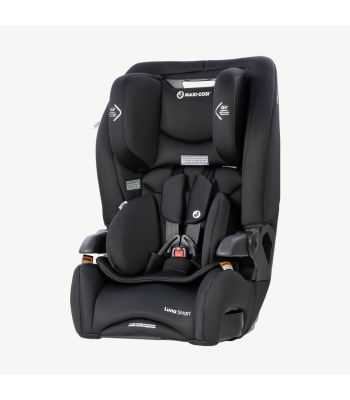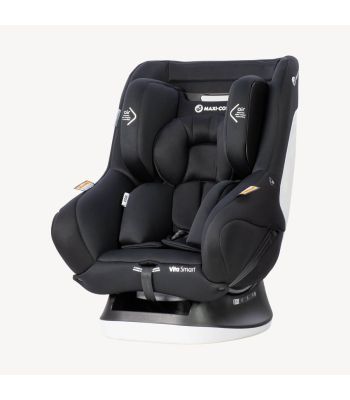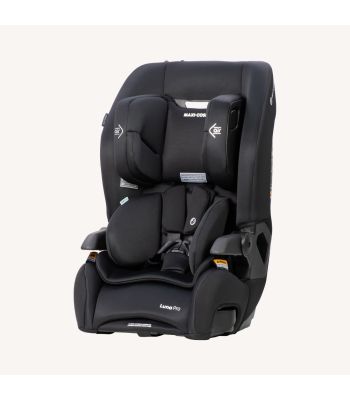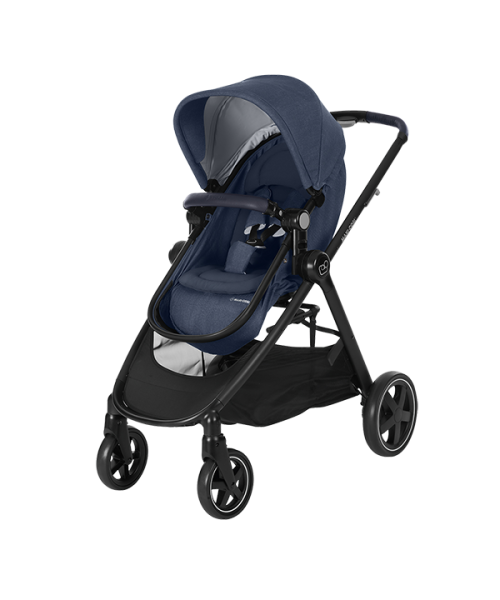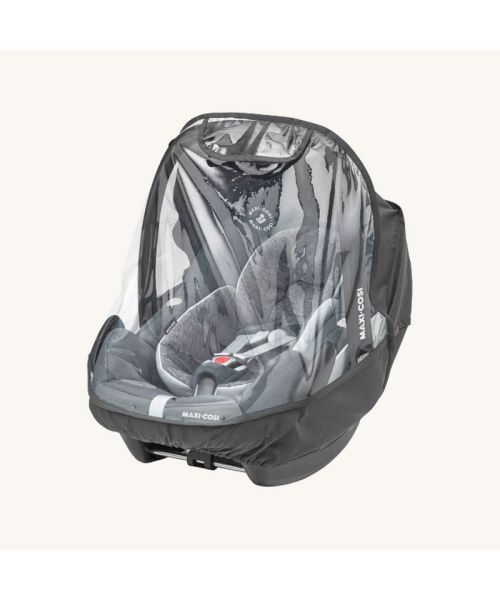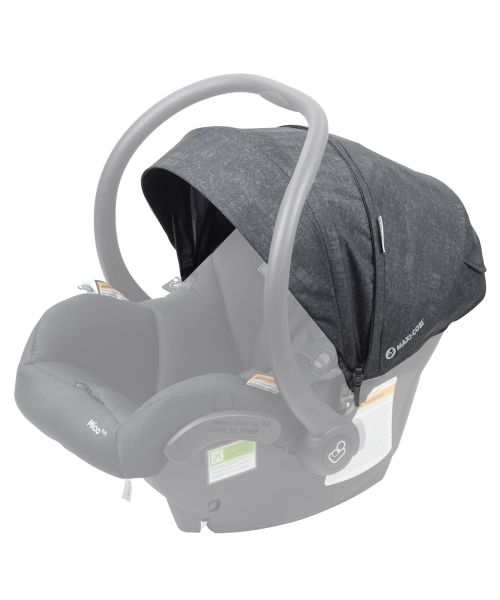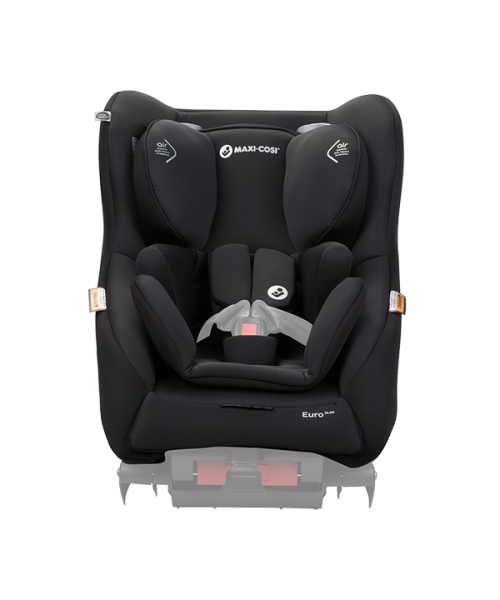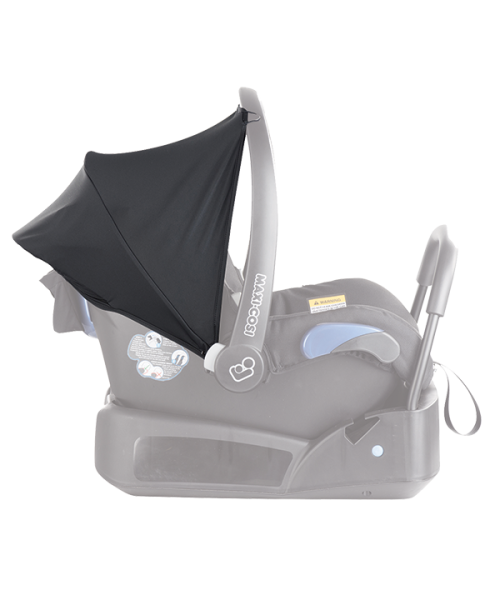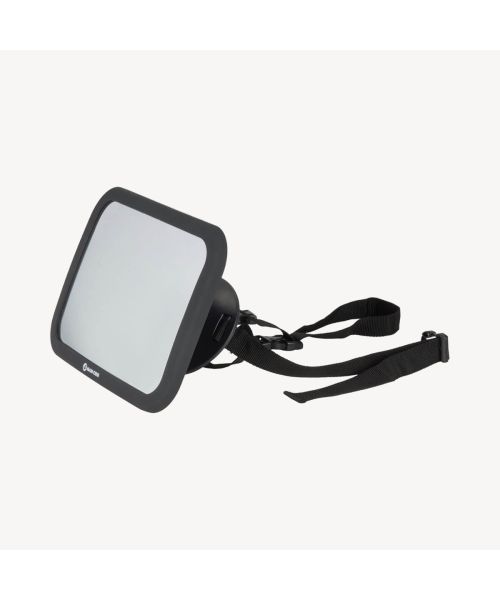The Australian Standard clearly defines what is the most appropriate baby car seat based on the child’s age and size, which will maximise their safety during the ride.
Have you studied the official law? Purchased the best car seat? Read the manufacturer’s manual and installed the car seat?
Good.
Still, though parents focus on doing absolutely every step right, unintentional mistakes do happen, and more often than not - parents aren't even aware of them.
As Maxi-Cosi is focused on saving lives, we want to ensure the safety of your little ones. So we’ve compiled a list of the most common mistakes people make when installing and using a baby car seat.
1. The car seat is wobbly.
After attaching the car seat to the back seat, try to move it by grabbing it with both of your hands at the base. If you can move it side to side and front to back more than 2,5 centimetres, it’s too loose. This places your child in great danger in case you’re in a car crash - the baby car seat can crash into the back of the front seat and cause injury to the child’s head or face. At Maxi-Cosi, the majority of our products are isofix car seats to ensure an easy and secure installation that will keep the seat in place no matter what.
2. The harness is loose.
After safely tightening your child in their car seat, try to pinch the harness above the child’s shoulders. If you can pinch the fabric, the harness is too loose and your child could slide forward in case you hit the brakes too hard. As some children can grow in just a few weeks, parents have to re-tighten the harness in accordance with their size. Thus, never sit behind the wheel without performing the pinch test first. It’s a pre-drive check that might just save your child’s life.
3. The chest clip and harness is not positioned right.
The chest clip should, without exception, be at the centre of the child’s chest, in line with their armpits. If it is positioned lower or higher than that, the child can fall out of their seat in an accident. When it comes to the harness, in a rearward-facing position it should be placed slightly below the shoulder level, while during the front-facing rides, it should be slightly above the child’s shoulders.
4. The car seat is at the wrong angle.
The instructions clearly state the right angle at which the child should sit in a car seat. If you place them too forward, you might obstruct their already narrow airway. Furthermore, leaning too far forward could cause their head to fall and cut the airflow completely. Note that it is also possible to lean them too far back. Some car seats from Maxi-Cosi selection feature a two-position recline that enables you to put your child in a more horizontal position when it is time for them to take a nap. However, leaning them back more than it is recommended by the manufacturer’s manual could minimise the safety levels if you crash. Remember, you can watch all of our installation videos on our website or YouTube Channel.
5. A child transitions to the front-facing seat too early.
The law obliges parents to keep their children in a rear-facing position until they are at least 6 months old. For infants, especially, this is a more secure position as in case of an accident, the child’s strongest body part - the body - will absorb most of the impact. But this doesn’t only apply to infants, which is why more and more parents choose to keep their children rear-facing for as long as possible. Certain convertible car seat models allow you to keep the child in this riding position until they are two years old. Still, it is possible for your child to outgrow this position before their second birthday. Be sure to check the manual and find out which size is not appropriate for the rearward-facing riding position. If the child is too big, you are not only making them uncomfortable - you are not doing what’s best for their safety.
6. A booster seat cushion is used instead of a booster seat.
In the past, a booster seat cushion was quite a popular solution used to lift the child high enough so that the seat belt would fit them correctly. Nevertheless, history shows that it cannot provide the security the child needs. By using a booster seat cushion, you are not complying with Australian car seat laws and risk getting a fine and, but more importantly - seriously injuring your child. A booster seat comes with all features the cushion does not - side impact protection, torso support, and greater comfort for the child.
7. You’re using a second-hand car seat.
Are you absolutely sure there’s nothing wrong with the car seat you’ve borrowed from your friend or family member? No, you can’t be. It is possible that the car seat has some unnoticeable wear and tear that significantly reduces the seat’s ability to provide the safety the child requires. This is especially true for car seats that have been in an accident. Even if it is not visible to the bare eye, the damage might cause the seat to malfunction. For this reason, it is advisable for parents to set aside a budget for a new car seat and save money by purchasing one convertible car seat that will last for years, instead of getting a new one every few months or year.
Bottom line
We understand you might be in a hurry, but seconds spared for the pre-drive check can make a huge difference if something happens on the road. A properly installed new car seat and adequately fitted harness are the prerequisite for the safety of the child.

